Home>Ideas and Tips>Smart Light Bulb Energy Efficiency Reduce Your Electricity Bill
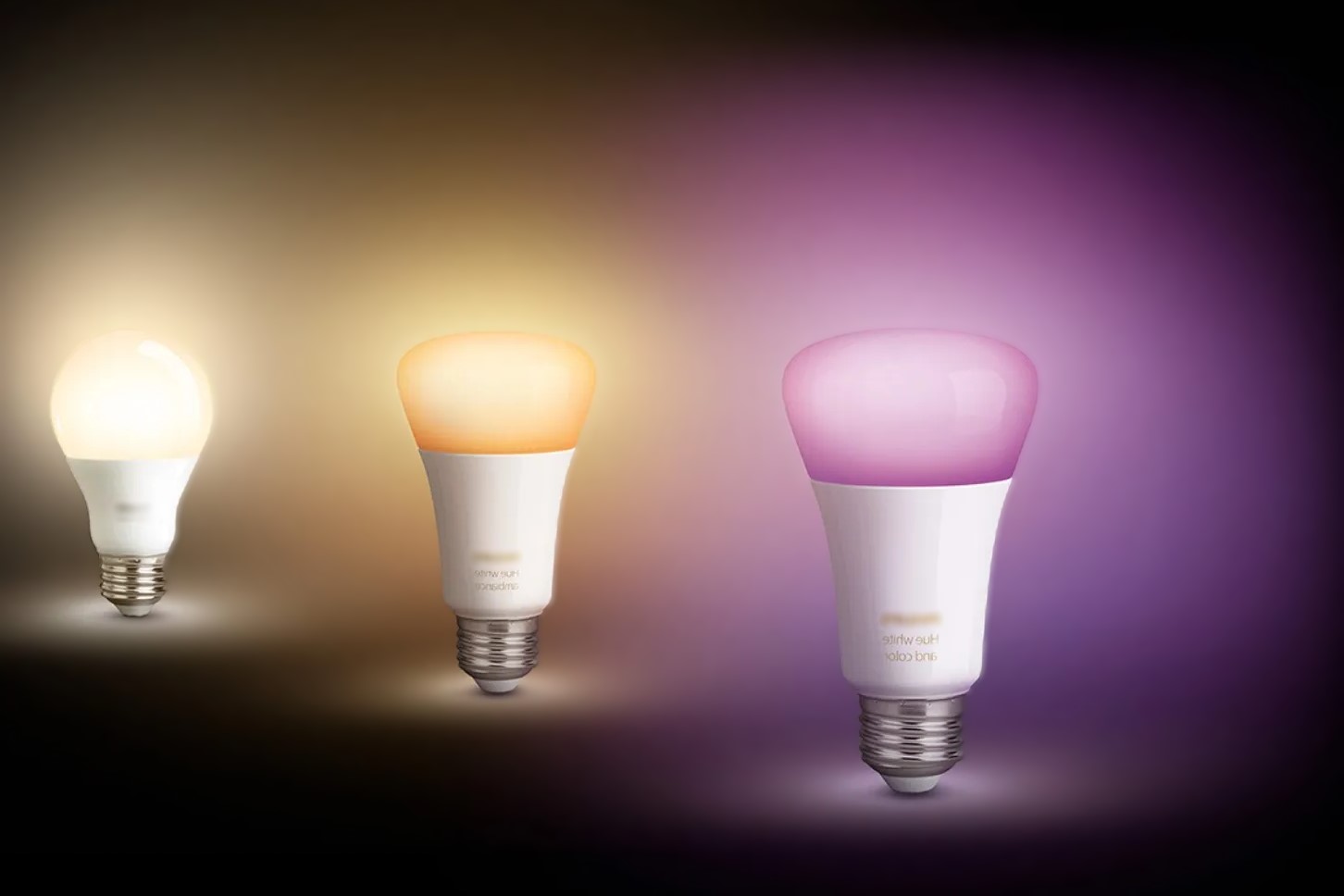

Ideas and Tips
Smart Light Bulb Energy Efficiency Reduce Your Electricity Bill
Published: September 18, 2024
Discover how smart light bulbs can reduce your electricity bill with energy-efficient features, remote control, and customizable lighting.
(Many of the links in this article redirect to a specific reviewed product. Your purchase of these products through affiliate links helps to generate commission for Storables.com, at no extra cost. Learn more)
In today's world, where energy efficiency and sustainability are paramount, smart light bulbs have emerged as a revolutionary solution for reducing electricity bills. These advanced lighting systems not only provide better control over lighting but also offer significant energy savings. In this article, we will delve into the world of smart light bulbs, exploring their benefits, how they work, and the impact they can have on your electricity bill.
Introduction to Smart Light Bulbs
Smart light bulbs are LED (Light Emitting Diode) bulbs that have been integrated with advanced technology, allowing them to connect to a common network such as Wi-Fi or Bluetooth. This connectivity enables users to control the bulbs remotely using their smartphones, voice assistants like Alexa or Google Assistant, and even through smart home systems.
The concept of smart lighting has evolved over the years, initially focusing on commercial and industrial environments but now widely adopted in residential settings. The primary goal of smart lighting is to optimize energy efficiency while ensuring user well-being. By leveraging advanced technologies like ZigBee and Wi-Fi, smart bulbs can be programmed to adjust their brightness, color, and even turn off automatically when not in use.
Benefits of Smart Light Bulbs
-
Energy Efficiency
- Smart light bulbs are designed to be energy-efficient. They use significantly less power compared to traditional incandescent bulbs. For instance, LED bulbs consume about 0.5 watts when turned off, which translates to minimal standby power consumption.
- The Energy Independence and Security Act of 2007 led to regulations on incandescent light bulbs, driving down the cost of alternative lighting technologies like LEDs. The US Department of Energy forecasts that the adoption of LEDs will reduce residential electricity consumption from lighting by 53% below 2013 levels by 2030.
-
User Control and Convenience
- Smart bulbs offer unparalleled control over lighting. Users can adjust brightness, color, and even create custom lighting scenes using smartphone apps or voice commands. This level of control allows for precise energy management, ensuring that lights are only used when necessary.
- Smart-assistant routines can be set to automatically dim lights under specific circumstances. For example, in a restaurant, lights may dim to create a more romantic ambiance, while at home, lights can dim when you turn on the television or schedule softer lighting for dinner.
-
Enhanced Security
- Smart lighting systems can enhance home security by allowing users to turn lights on and off remotely. This feature is particularly useful for homeowners who often forget to turn off lights when leaving the house, thereby saving energy and preventing unnecessary consumption.
- Smart bulbs can also be integrated with home security systems, providing an additional layer of protection and convenience.
-
Improved Well-being
- Smart lighting can significantly impact user well-being by adjusting color temperatures and brightness levels. For instance, blue light can disrupt the body's circadian rhythm, affecting sleep quality. Smart-color light bulbs can be set to reduce blue wavelengths at night, promoting better sleep.
- Studies have shown that smart lighting systems can improve the effectiveness of lighting in various settings, such as nursing homes, where the well-being of residents and staff is crucial.
-
Versatility and Customization
- Smart light bulbs come in a variety of colors and can be set to change color depending on the user's mood. Green is often used for relaxation, red for energizing properties, and blue for setting a cool mood.
- Some smart light bulb speakers can play music, news stories, or podcasts in any room of your property by transmitting voice commands to a smart-home hub. This feature adds an extra layer of convenience and entertainment to smart lighting systems.
How Smart Light Bulbs Work
Smart light bulbs operate on advanced technology that allows them to connect to a network and be controlled remotely. Here’s a detailed look at how they work:
-
Connectivity
- Smart bulbs use Wi-Fi or Bluetooth to connect to a network. This connectivity enables users to control the bulbs using smartphone apps or voice assistants like Alexa or Google Assistant.
-
Control Mechanisms
- Users can control smart bulbs through various mechanisms:
- Smartphone Apps: Most smart bulb brands offer dedicated apps that allow users to adjust brightness, color, and turn lights on/off remotely.
- Voice Assistants: Integration with voice assistants like Alexa, Google Assistant, or Siri enables voice control over smart bulbs.
- Smart Home Systems: Smart bulbs can be integrated into larger smart home systems, allowing for more complex lighting scenarios and automation.
- Users can control smart bulbs through various mechanisms:
-
Energy Efficiency Features
- Smart bulbs often come with built-in energy efficiency features:
- Automatic Turn-Off: Many smart bulbs can be programmed to turn off automatically when not in use, ensuring minimal standby power consumption.
- Dimming and Brightness Adjustment: Users can adjust brightness levels to optimize energy usage based on the time of day or activity level in the room.
- Smart bulbs often come with built-in energy efficiency features:
-
Color Temperature Adjustment
- Smart-color light bulbs allow users to adjust color temperatures, which can affect user well-being. For example, blue light can disrupt the body's circadian rhythm, while warm colors like orange can promote relaxation.
Common Misconceptions About Smart Light Bulbs
-
Do Smart Bulbs Use More Power When Off?
- One common misconception is that smart bulbs use more power when they are off due to constant internet connection and signal waiting. However, this is not entirely accurate. While smart bulbs do use some power in standby mode, the amount is negligible and typically only a few dollars per year even with multiple bulbs.
-
Impact on Electricity Bills
- Some users worry that smart bulbs might increase their electricity bills due to standby power consumption. However, most smart bulbs consume very little power when turned off, and their overall energy efficiency leads to significant savings over time.
-
Compatibility Issues
- Another concern is compatibility issues with different devices and systems. However, most smart bulb brands are designed to work seamlessly with popular smart home systems and voice assistants, minimizing compatibility problems.
Case Studies and Real-World Examples
-
Energy Savings
- A study conducted by the US Department of Energy forecasts that the adoption of LEDs will reduce residential electricity consumption from lighting by 53% below 2013 levels by 2030. This significant reduction in energy consumption is attributed to the efficiency of LED bulbs.
- In real-world scenarios, users have reported substantial energy savings after switching to smart light bulbs. For instance, one Reddit user noted that their electricity usage went down after installing smart bulbs, despite initial concerns about increased power consumption.
-
User Experience
- Smart lighting systems have been praised for enhancing user experience through customizable lighting scenarios and automation features. For example, smart-assistant routines can be set to dim lights when watching TV or schedule softer lighting for dinner.
-
Integration with Smart Home Systems
- Smart bulbs can be integrated into larger smart home systems, providing an integrated solution for home automation. This integration allows for more complex lighting scenarios and automation, enhancing both energy efficiency and user convenience.
Conclusion
Smart light bulbs offer a multitude of benefits that extend beyond just energy efficiency. They provide users with unparalleled control over lighting, enhance security, improve well-being, and offer versatility in customization options. While there are some misconceptions about their power consumption when turned off, the overall impact on electricity bills is positive due to their advanced energy-saving features.
In conclusion, smart light bulbs are a smart investment for cost-conscious consumers who want to save money in the long run. By leveraging advanced technologies like ZigBee and Wi-Fi, these bulbs can be controlled remotely using smartphones or voice assistants like Alexa or Google Assistant. With their ability to adjust brightness levels, color temperatures, and even turn off automatically when not in use, smart light bulbs are revolutionizing how we think about home lighting.
Whether you're looking to reduce your electricity bill or simply enhance your home's ambiance with customizable lighting scenarios, smart light bulbs are an excellent choice for anyone seeking an efficient and convenient solution for their lighting needs.
References
-
Smart Lighting Application for Energy Saving and User Well-being
- This study focuses on the standby power consumption of smart LED bulbs and proposes intelligent household LED lighting systems considering energy efficiency and visual comfort.
-
The Many Benefits of Smart Lighting
- This blog post highlights the benefits of smart lighting, including lower energy use, remote control capabilities, and customizable lighting scenarios.
-
Did My Smart Bulbs Use More Electricity?
- A Reddit discussion addressing concerns about increased power consumption by smart bulbs when turned off, emphasizing that the amount is negligible and typically only a few dollars per year.
-
Energy Efficiency to Reduce Residential Electricity and Natural Gas Use Under Climate Change
- A study evaluating appliance technology adoption and efficiency gains to test the potential to offset increases in demand, including lighting efficiency improvements driven by LED adoption.
-
Cut Costs: Learn How to Save on Your Electric Bill Now
- An article discussing vampire appliances like smart bulbs that use power even when turned off but only in small amounts, emphasizing efficient use and control mechanisms.
Was this page helpful?
At Storables.com, we guarantee accurate and reliable information. Our content, validated by Expert Board Contributors, is crafted following stringent Editorial Policies. We're committed to providing you with well-researched, expert-backed insights for all your informational needs.
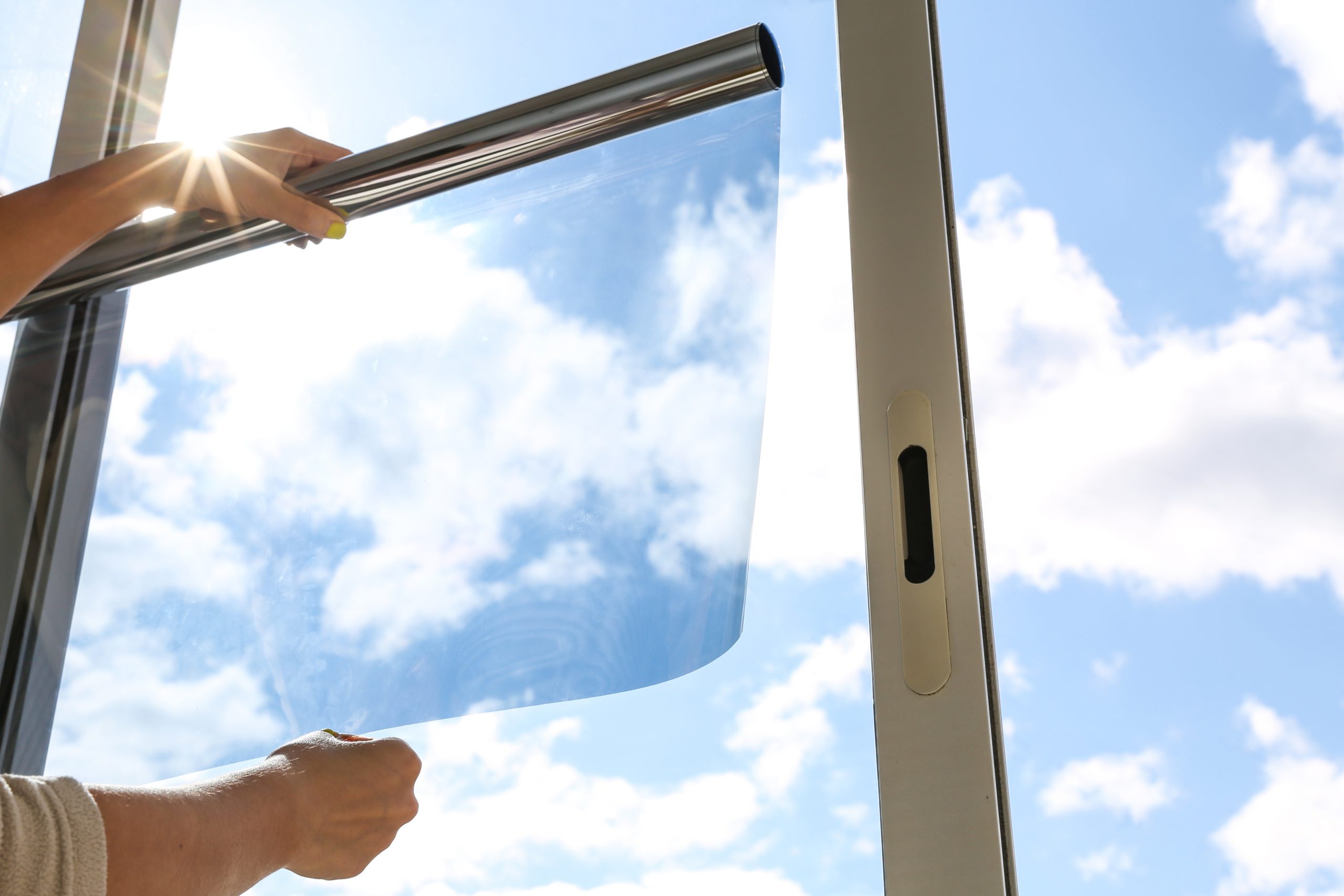

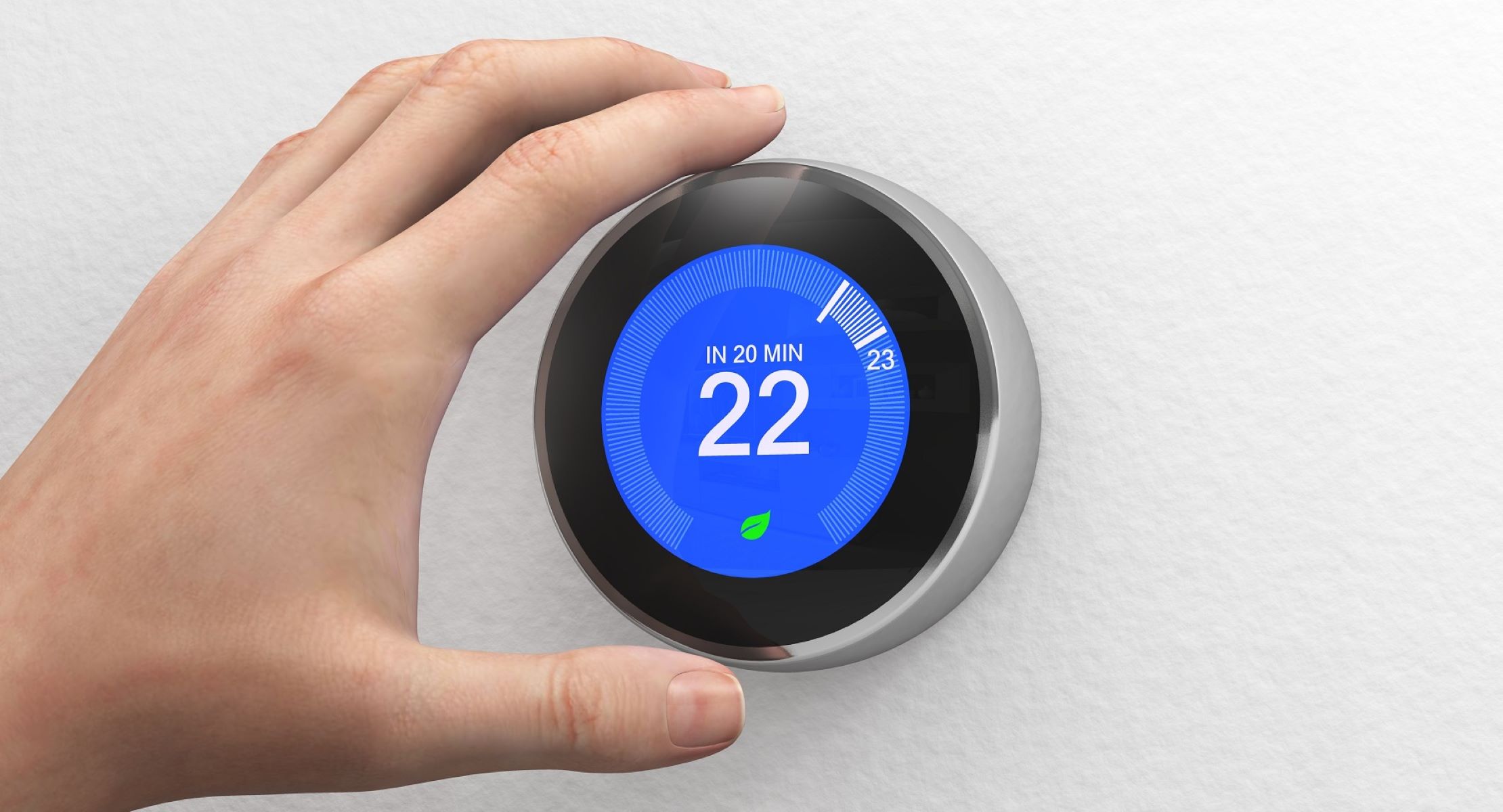
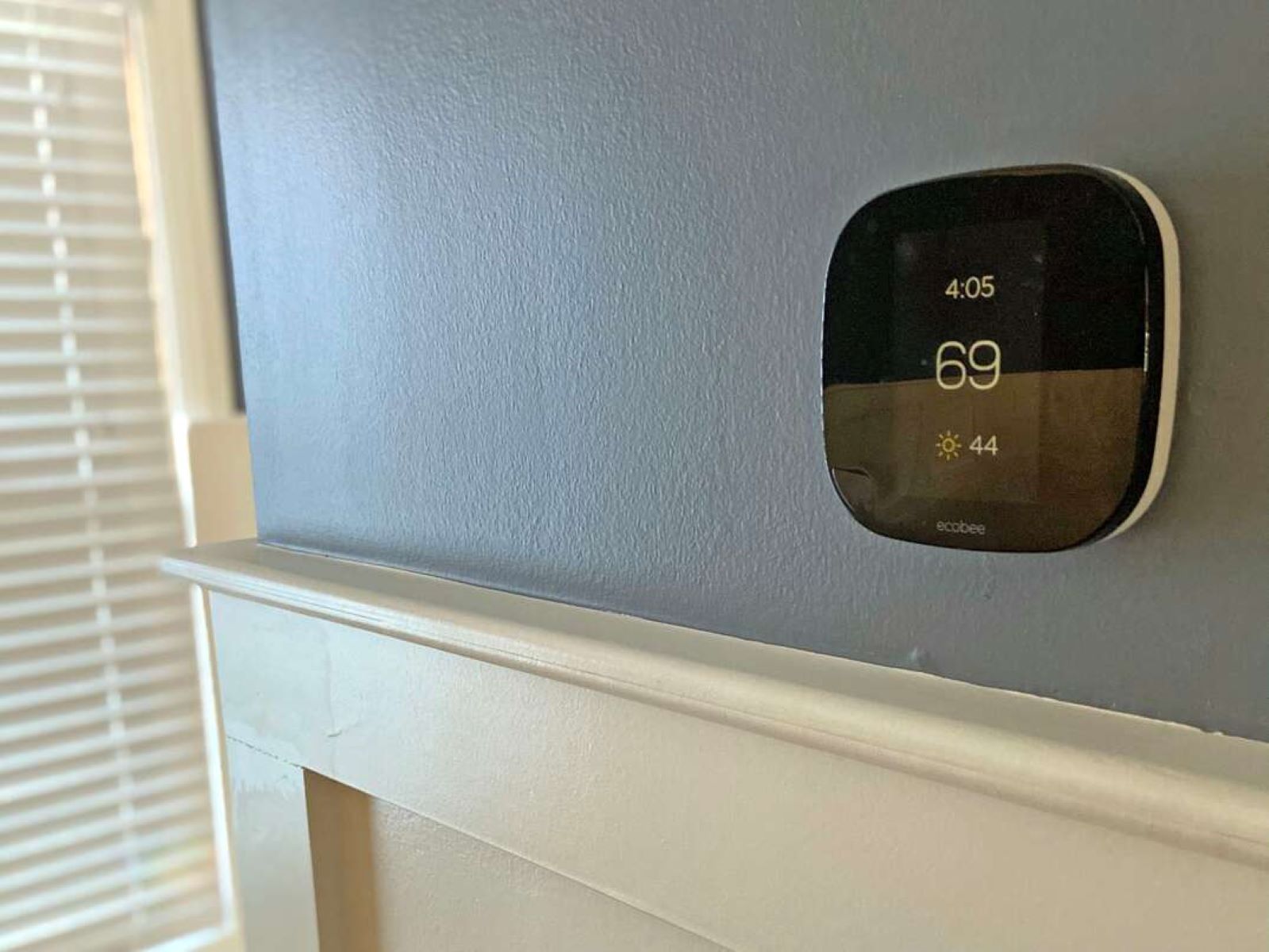
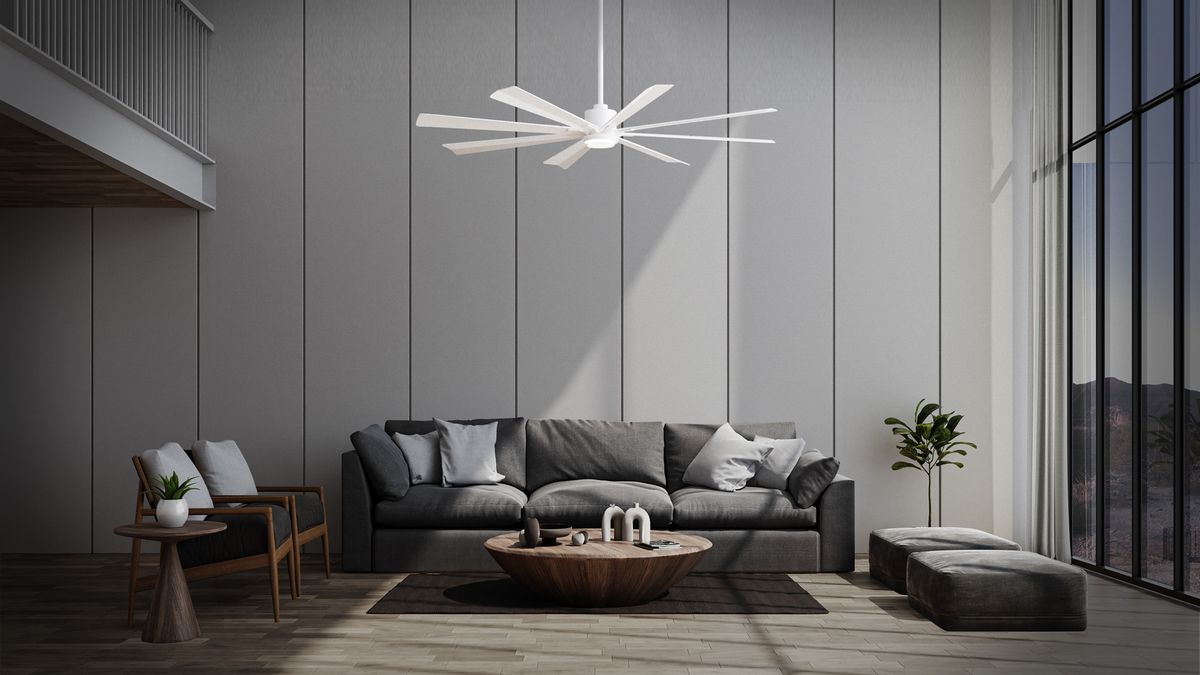
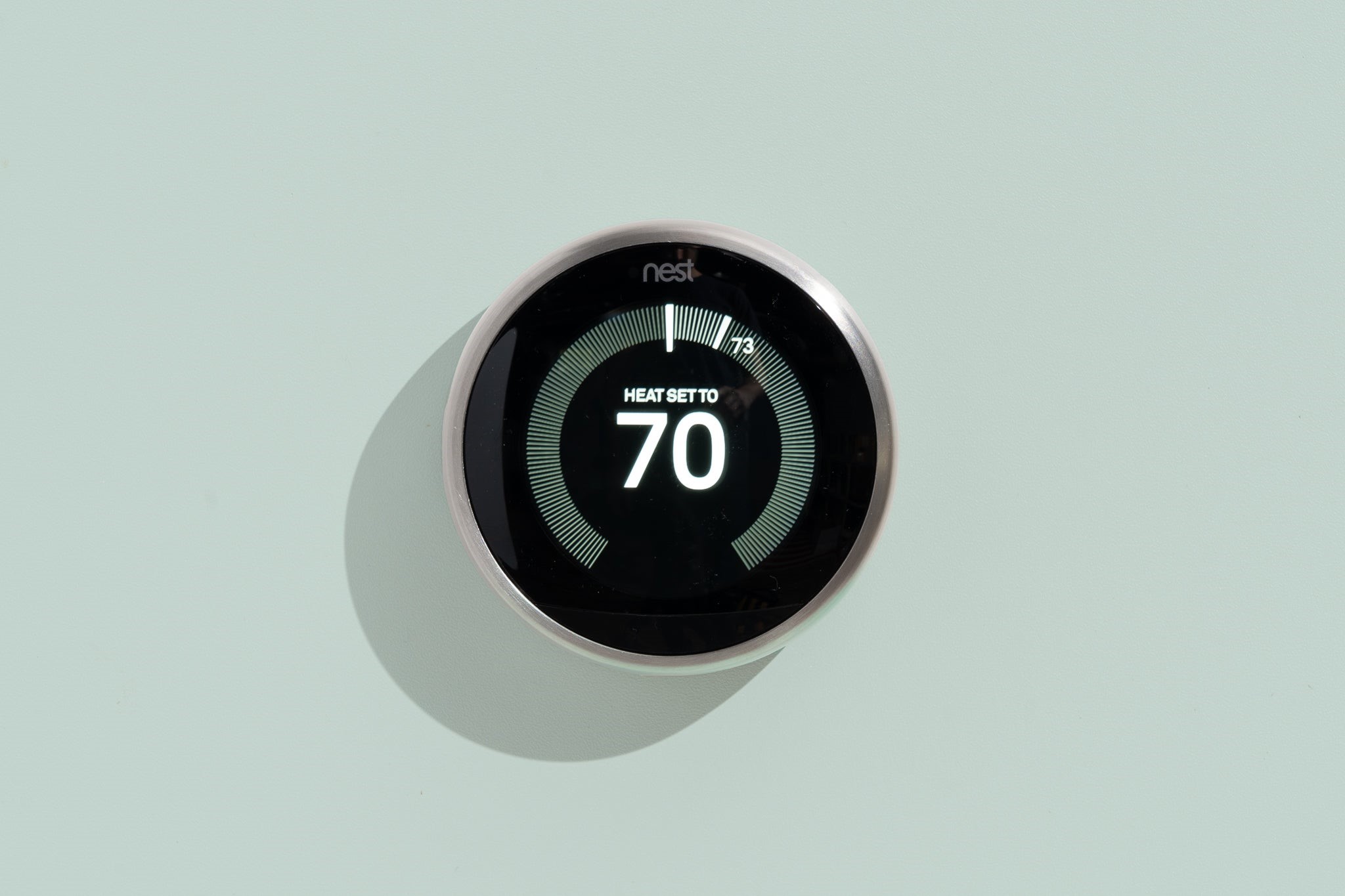
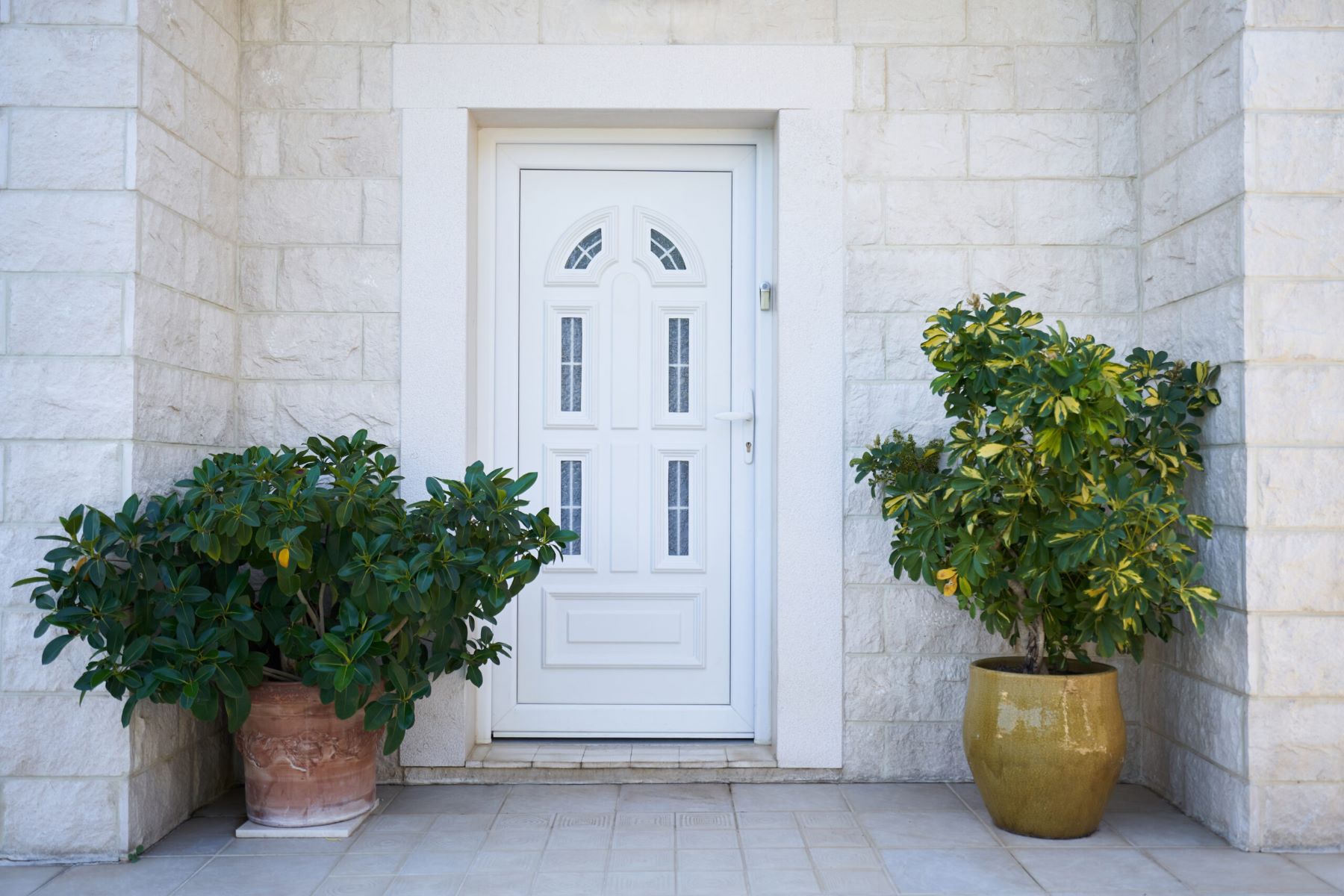

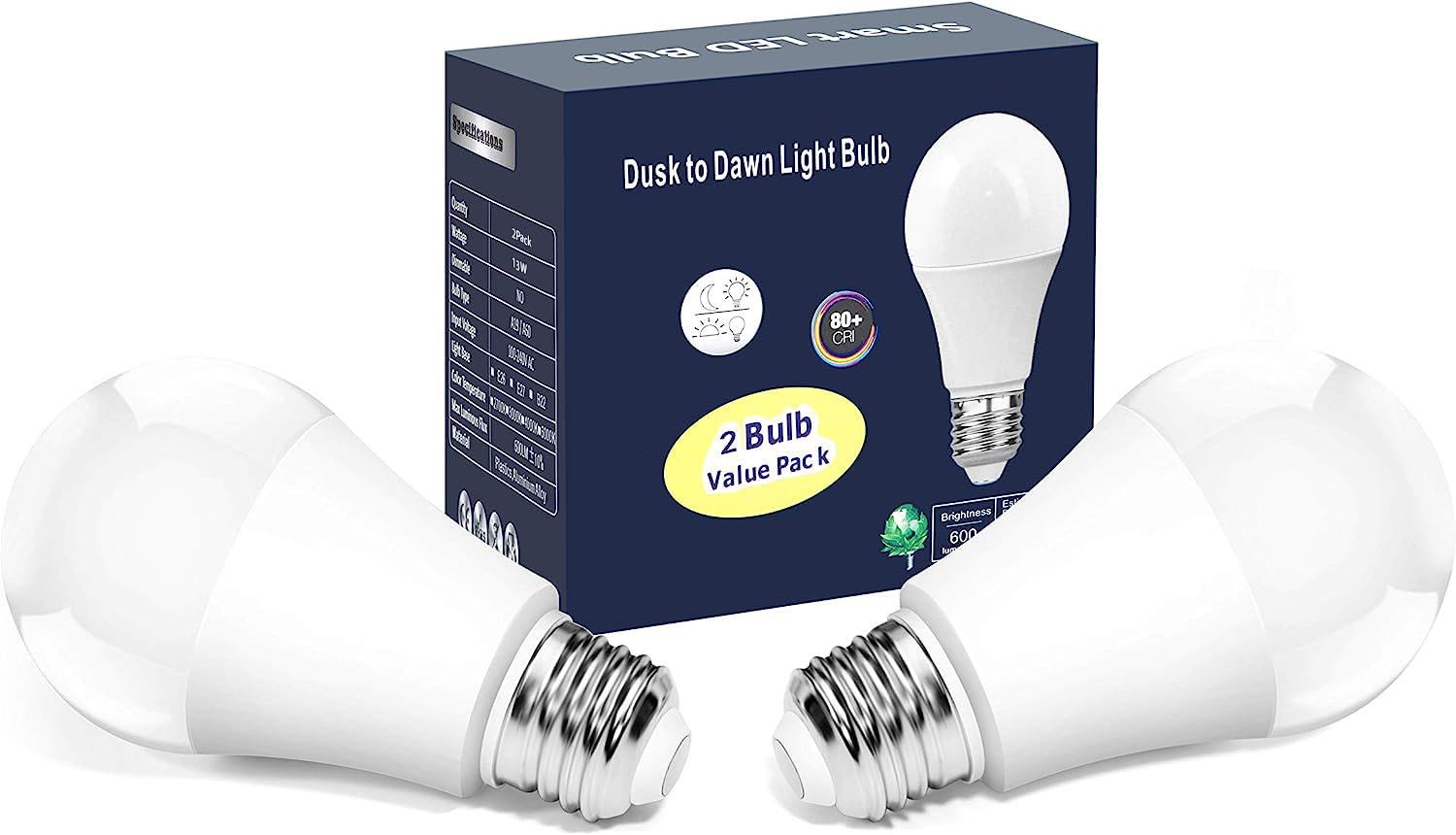
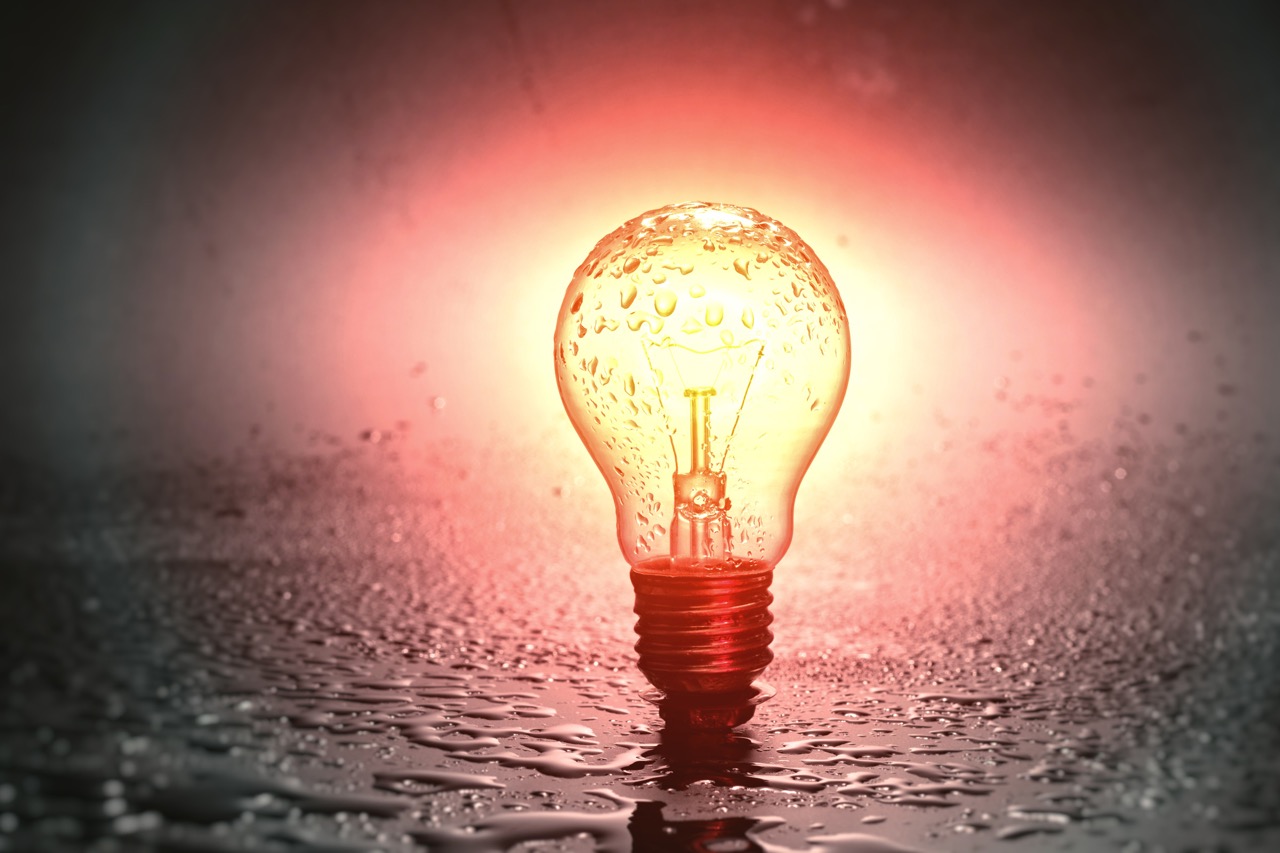
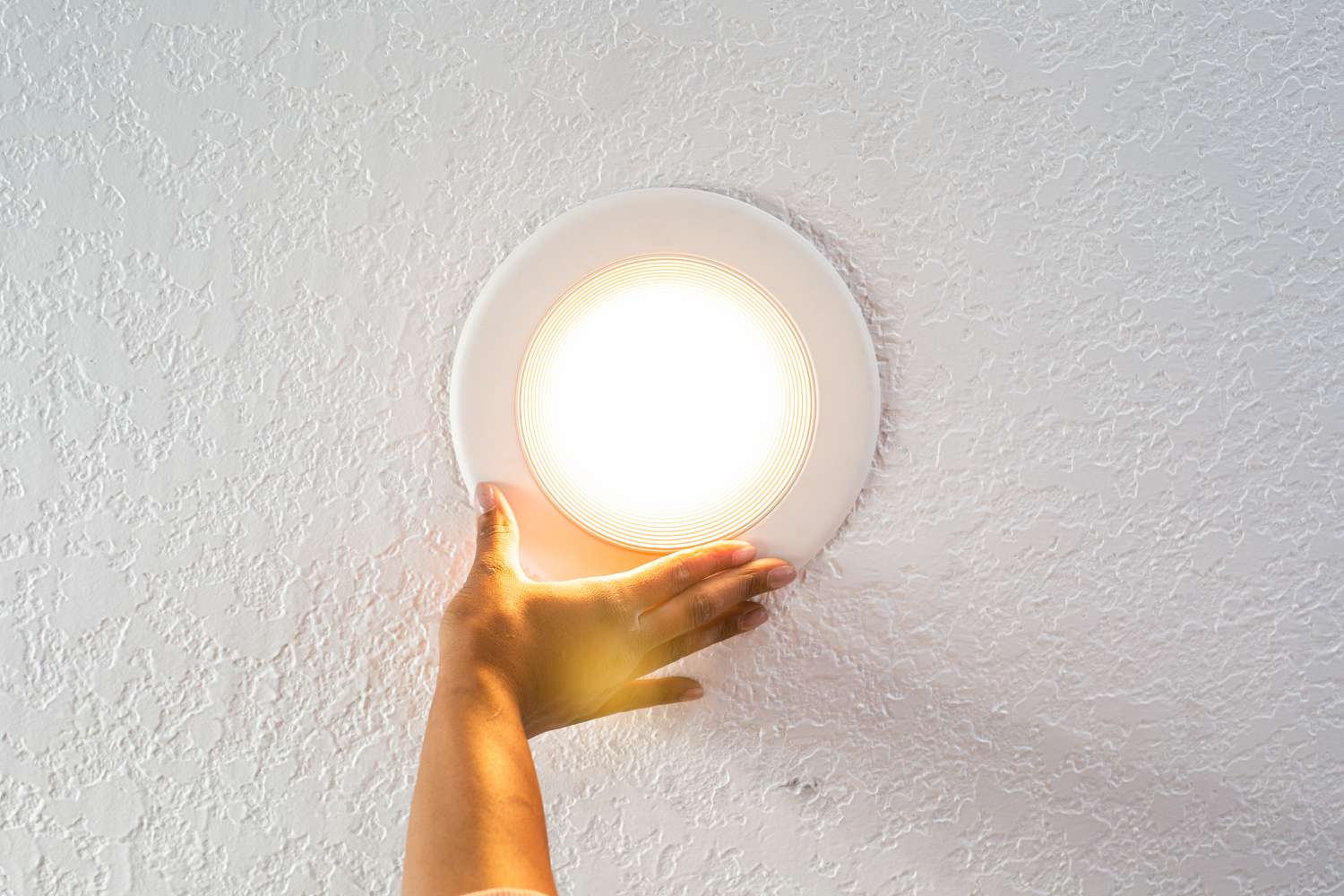
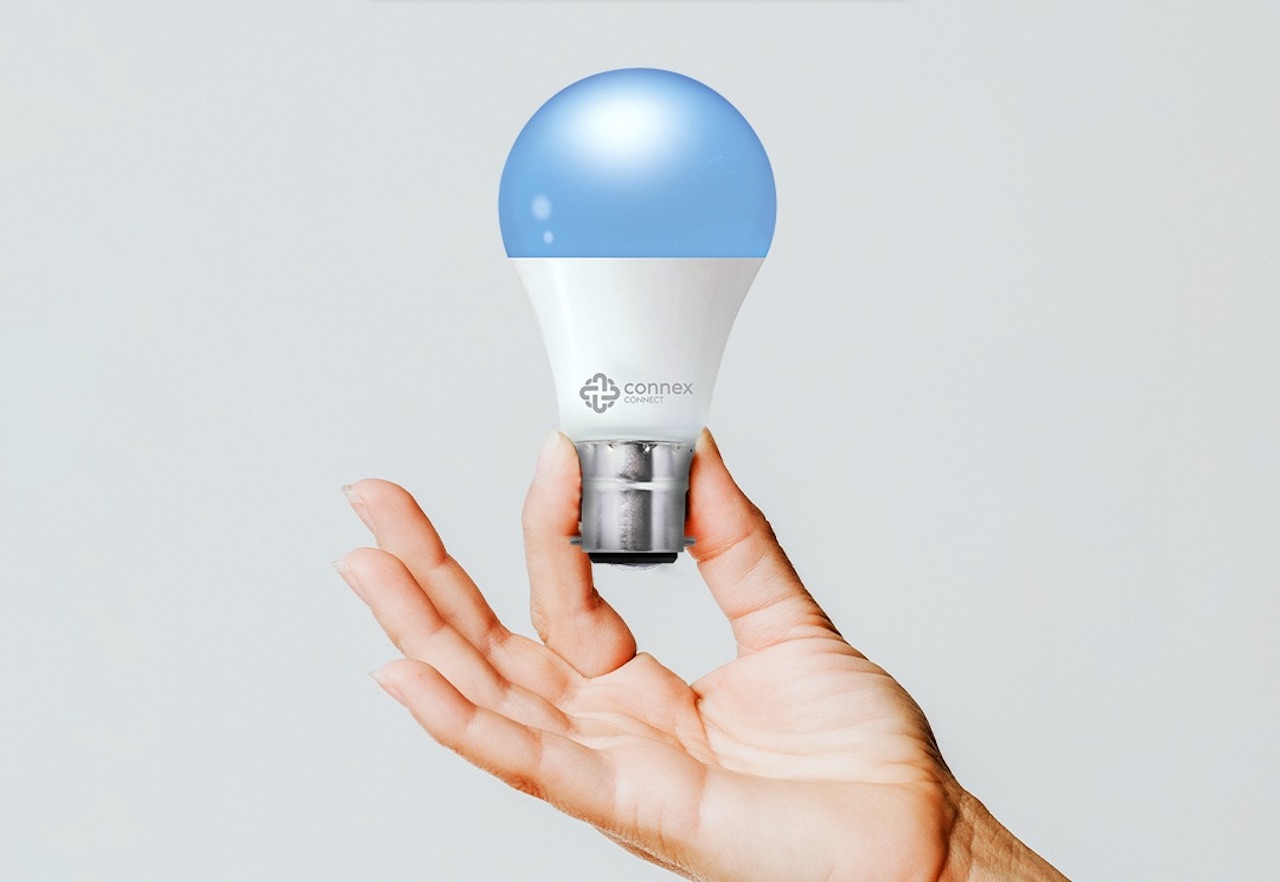
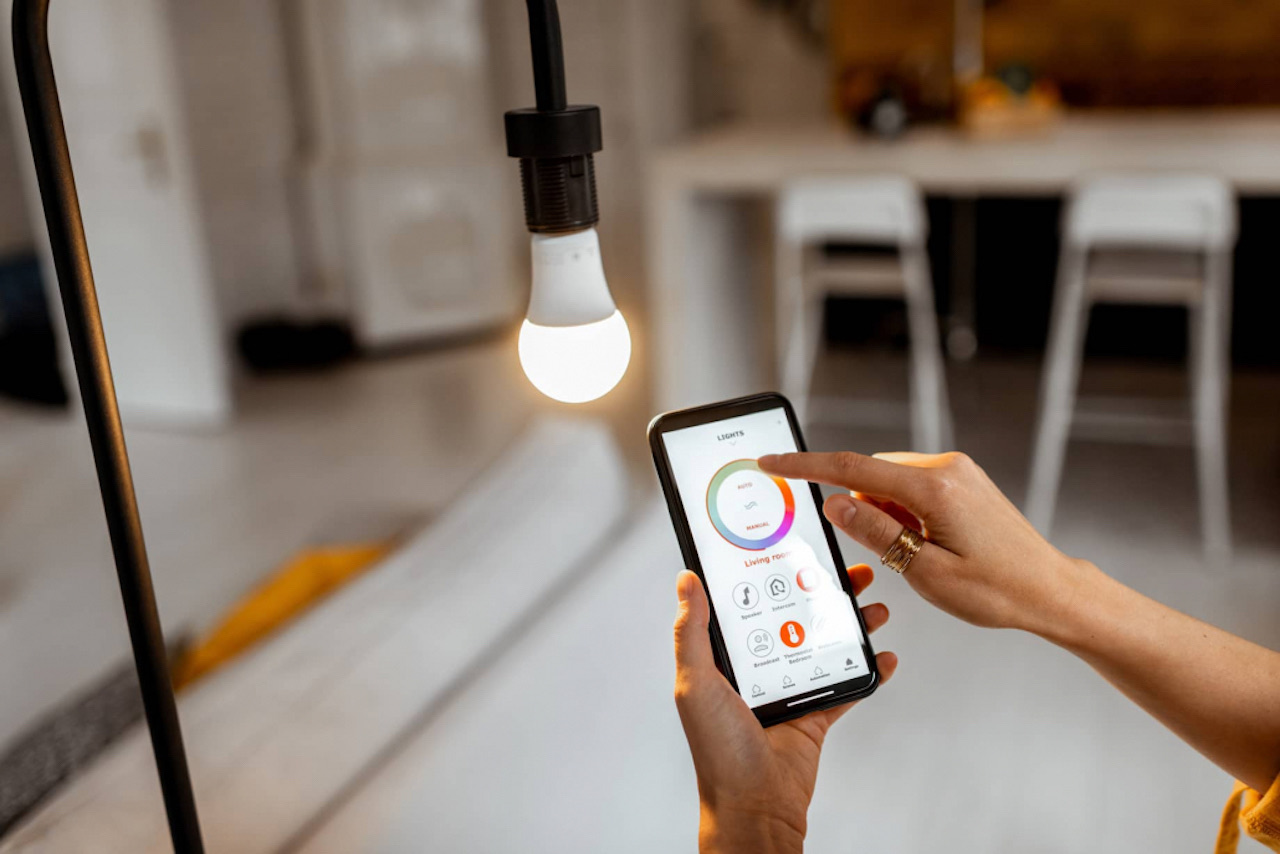
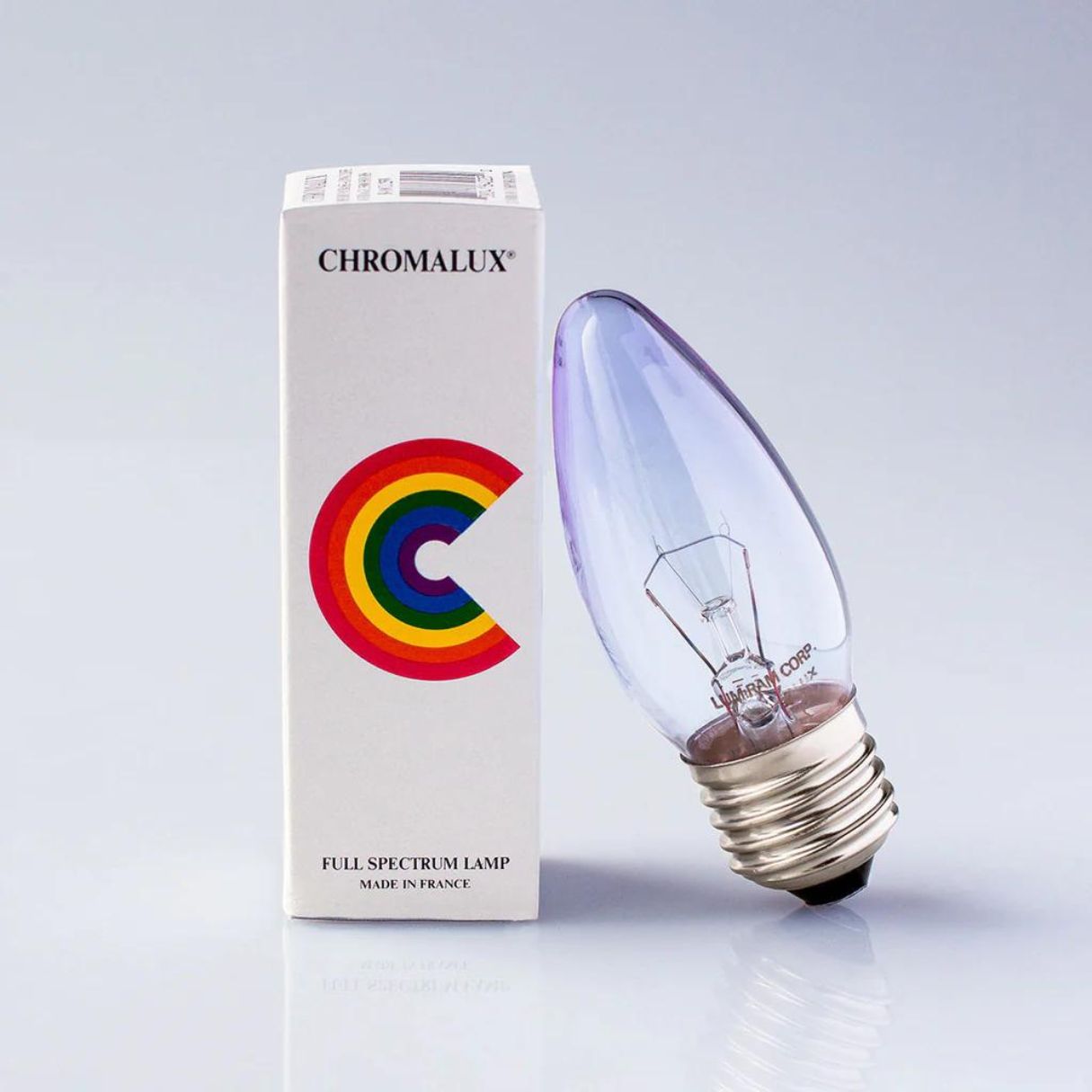

0 thoughts on “Smart Light Bulb Energy Efficiency Reduce Your Electricity Bill”